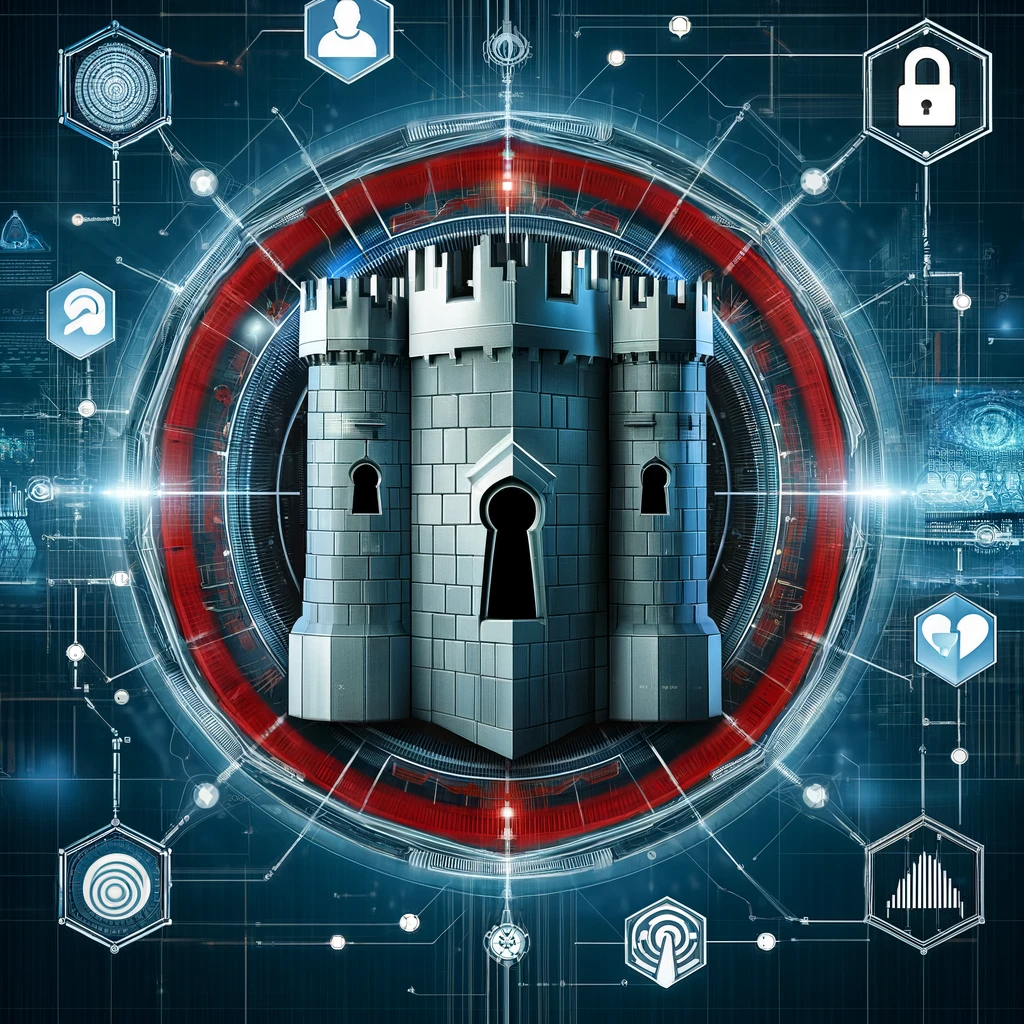Intro
Zero Trust is a security framework that directly challenges traditional network models. Instead of assuming that users and devices within the perimeter are trustworthy, Zero Trust enforces strict access controls and continuous verification. Unlike older methods, which rely on perimeter security, this approach assumes that no one and nothing should be trusted by default. By continuously verifying users, limiting access, and minimizing risk, Zero Trust ensures that organizations can better protect their data and systems from both internal and external threats.
Purpose
The primary goal of Zero Trust is to:
- Remove implicit trust within the network by enforcing ongoing verification at every access point.
- Safeguard sensitive data and systems from a variety of threats, both internal and external.
- Minimize security breaches through strict access controls and segmented networks.
- Adapt to modern IT environments, especially as organizations move to cloud services and remote work models.
By adopting Zero Trust, organizations can manage their risk more effectively and ensure that threats remain contained, even when security layers are compromised.
Key Principles
Continuous Verification
- Zero Trust ensures that every user and device undergoes verification every time they attempt access.
- Access decisions are made based on identity, device health, location, and behavior—ensuring strict control over who gets access.
Least Privilege Access
- Instead of providing broad access, Zero Trust grants users and devices only the permissions they need to perform their tasks.
- By limiting access, organizations can significantly reduce the impact of any potential breaches.
Micro-Segmentation
- Rather than managing one large network, Zero Trust breaks it down into smaller, segmented zones.
- Each zone has its own access controls, limiting an attacker’s ability to move freely across the network.
Assume Breach Mentality
- Zero Trust operates under the assumption that breaches will happen.
- This mindset drives organizations to stay prepared, continuously monitor systems, and react swiftly to minimize damage.
Monitoring and Logging
- Continuous monitoring of all network activities plays a critical role in identifying suspicious behavior.
- Organizations use detailed logs to detect and respond to potential security threats faster.
Key Components
Identity and Access Management (IAM)
- IAM is the backbone of Zero Trust, ensuring that all users are properly authenticated before gaining access to sensitive resources.
- Organizations also implement Multi-Factor Authentication (MFA) to further secure user accounts.
Endpoint Security
- Devices trying to access the network must meet specific security requirements.
- Organizations can detect threats early and stop compromised devices from accessing critical systems.
Network Segmentation
- Instead of having one flat network, Zero Trust uses segmentation to isolate different parts of the network.
- This practice makes it difficult for attackers to move across the network, reducing the overall damage.
Data Encryption
- Data is encrypted both at rest and in transit, ensuring that even if it is intercepted, unauthorized users cannot read it.
- Encryption serves as a last line of defense to keep sensitive information secure.
Security Automation and Orchestration
- Automated processes identify, contain, and respond to security incidents quickly.
- By automating responses, organizations reduce human error and improve their reaction time during an attack.
Importance
- Protection Against Insider Threats
Continuous verification helps secure the network even from trusted insiders who may become threats. - Enhanced Data Security
Zero Trust ensures that only verified users and devices can access sensitive data, making it harder for unauthorized access to occur. - Adaptability
As organizations increasingly move to remote work and cloud services, Zero Trust adapts to these modern infrastructures and provides comprehensive security. - Resilience to Breaches
If an attacker gains access to part of the network, Zero Trust’s segmentation and verification reduce the impact, preventing widespread damage.
Challenges of Implementing
- Complexity
Transitioning to Zero Trust requires significant changes in network architecture and security protocols, which can be challenging for large organizations. - Cost
The initial costs of implementation can be high, including investments in new tools, training, and system upgrades. - Cultural Resistance
Some employees may resist the change, especially if they are accustomed to open access and less strict security protocols.
Key Takeaway
Zero Trust is a crucial security framework for organizations looking to protect their data and systems. It enforces continuous verification, applies least privilege access, and assumes that breaches are inevitable. By taking these steps, Zero Trust helps organizations minimize risk, improve security, and ensure that even if one part of the network is compromised, the threat remains contained. Although the implementation of Zero Trust can be complex and require significant resources, the long-term benefits, including enhanced security and reduced breach impact, make it an essential component of modern security strategies.
- Sec+
- 1.0 General Security Concepts
- 1.2 Summarize fundamental security concepts.
Additional Resources
For an in-depth exploration of Sec+ Material, visit our main Sec+ page here. You can also check out our comprehensive video content on our YouTube channel.


